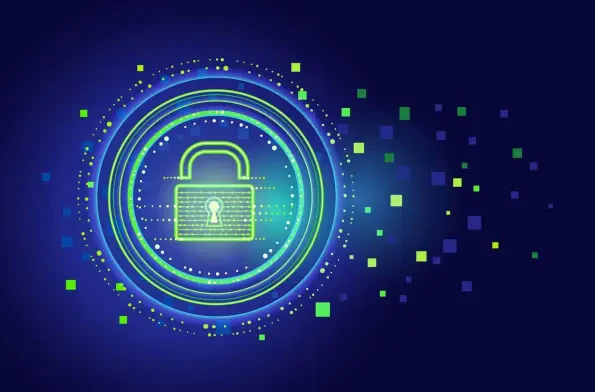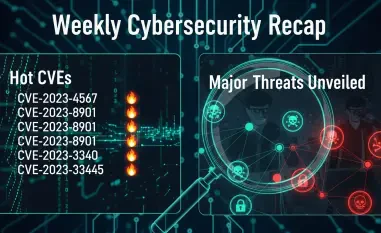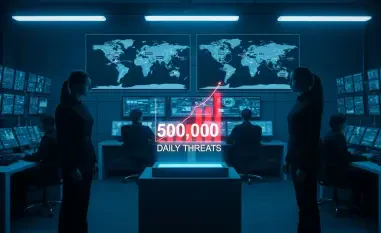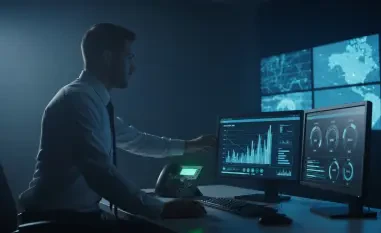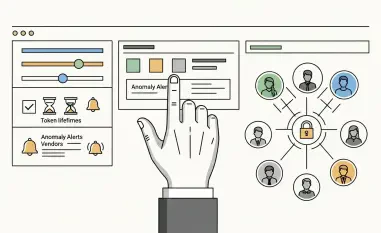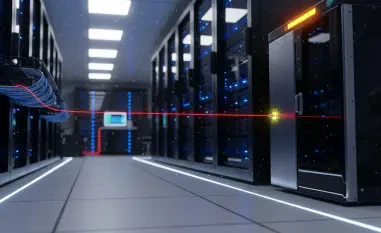Microsoft’s commitment to cybersecurity remains vital in light of sophisticated threats like Stealth Falcon. Recent efforts have addressed significant vulnerabilities, notably the CVE-2025-33053 flaw within the WebDAV protocol, which Stealth Falcon exploits in targeted cyberattacks. The patching strategy implemented underscores Microsoft’s proactive stance against zero-day vulnerabilities. This roundup article collects insights from experts about the effectiveness of Microsoft’s patches and their role in protecting systems against such advanced threats.
Assessing Microsoft’s Security Measures Against Emerging Threats
Industry observers highlight the increasing sophistication of cyber threats focused on exploiting critical vulnerabilities. Microsoft’s recent patching efforts address 67 vulnerabilities, with the CVE-2025-33053 representing a pivotal challenge. Opinion leaders acknowledge that addressing zero-day vulnerabilities is indispensable in combating cyber threats. Microsoft’s dedicated response with timely patches reflects a robust strategy toward mitigating risks posed by formidable groups like Stealth Falcon. Yet, skepticism looms over whether such measures suffice against evolving attacks, prompting broader discussions among cybersecurity stakeholders.
Insights into the WebDAV Vulnerability
Understanding the WebDAV Threat Landscape
Experts identify the Web Distributed Authoring and Versioning (WebDAV) protocol as a frequent target for exploitation due to its widespread use in collaborative environments. The CVE-2025-33053 vulnerability exemplifies a high-risk remote code execution flaw, underscored by its CVSS score of 8.8. Specialists suggest securing broadly adopted protocols like WebDAV poses unique challenges, requiring vigilant security practices and informed patch deployment.
Analyzing Stealth Falcon’s Campaign Tactics
The exploitation of CVE-2025-33053 by Stealth Falcon illustrates their strategic acumen in executing targeted attacks. Case studies, including the assault on a Turkish defense company, reveal the sophisticated operation of phishing emails with malicious URL file attachments. Cybersecurity professionals stress the importance of understanding such tactics for effective countermeasures. The balance between innovative tool design and ethical implications remains focal in discussions about threat actor strategies.
Innovations in Cyber Defense Strategies
Emerging cyber defense methodologies aim to preemptively counteract sophisticated threats. Analysts emphasize the role of proactive measures and regional readiness in formulating effective defense strategies. They cast doubt on misconceptions about patch deployment efficiency, advocating comprehensive risk management approaches. There’s consensus on the merit of evolving defense innovation, yet opinions diverge on regional deployment effectiveness.
Integrating Threat Intelligence and Patch Management
The interplay between threat intelligence and patch management underpins optimal cybersecurity protocols. Experts debate evolving best practices relative to traditional methods, acknowledging Stealth Falcon’s influence on subsequent threat intelligence strategies. Opinions converge on the necessity for informed patch application to counteract high-risk vulnerabilities effectively. As cyber threats evolve, the emphasis on integrating intelligence with patch management becomes paramount.
Advancing Toward Resilient Security Frameworks
Reflecting on the array of insights gathered, it becomes evident that effective vulnerability mitigation is crucial for fortified cyber resilience. Implementing robust security frameworks, including preemptive strategies and continuous monitoring, emerges as essential. Cybersecurity specialists advocate for adopting adaptive measures and sustaining vigilance in organizational protocols to deter threats effectively.
Sustaining Vigilant Cybersecurity Practices
Recent vulnerabilities propel ongoing cybersecurity engagement to the forefront, emphasizing strategy adaptation. The dialogue surrounding Stealth Falcon’s tactics invites considerations of long-term impacts on security practices and threat mitigation techniques. In the pursuit of fortified digital ecosystems, security strength takes precedence, encouraging stakeholders to prioritize intelligence-informed strategies and maintain vigorous defenses against ever-evolving cyber threats.
